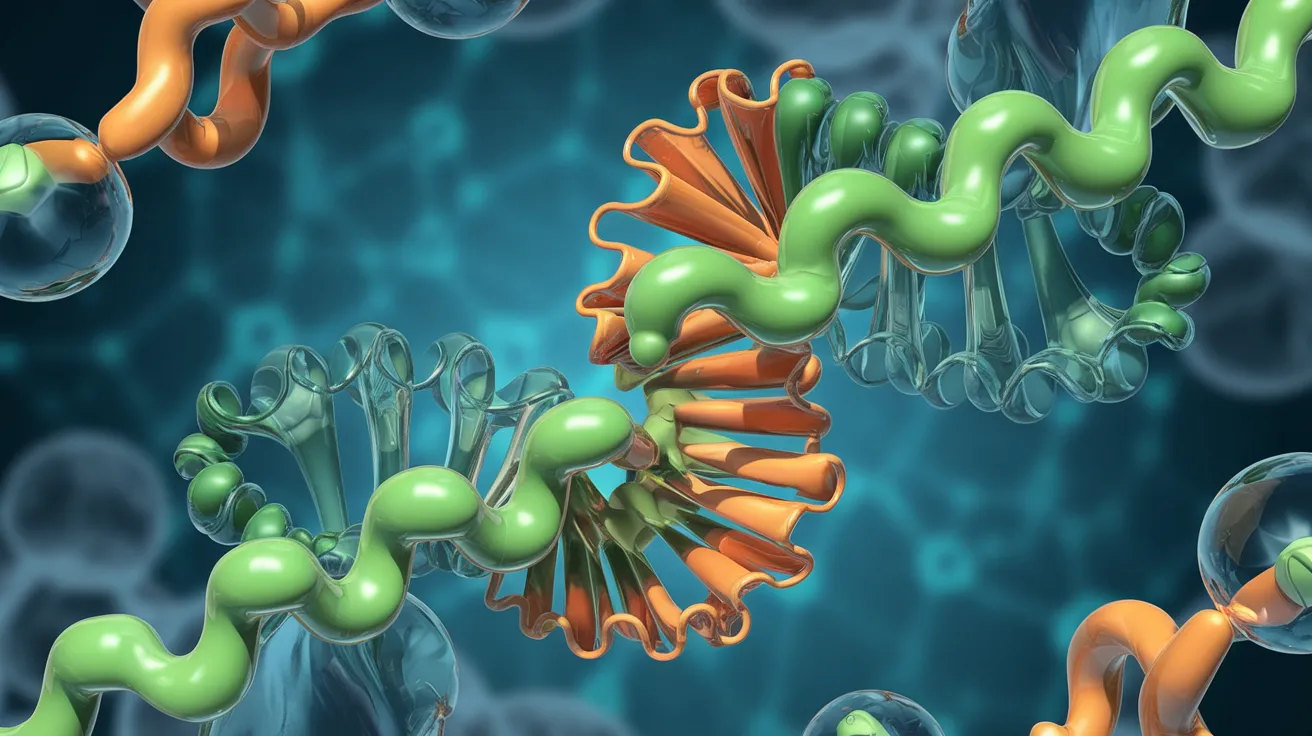AI-designed Proteins Tackle Snake Antivenoms

Artificial intelligence (AI) is transforming the development of snake antivenoms by designing proteins that can effectively neutralize various toxins in snake venom. These innovations could lead to a new generation of therapies aimed at reducing the devastating impact of snakebites, which claim an estimated 100,000 lives annually. The unchecked nature of snakebite fatalities highlights the urgent need for improved treatments, as the current methodologies remain largely unchanged for over a century.
Published in Nature on January 15, recent research showcases how machine learning is revolutionizing the field of computational protein design. According to the findings, challenges that once took experts years to solve—such as creating proteins to counteract toxins—can now be accomplished within seconds. Joseph Jardine, an immunologist at Scripps Research, expresses concern and excitement about this rapid advancement, stating that the field has shifted from an inability to achieve certain goals to successfully demonstrating practical solutions.
Snakebite as a Neglected Tropical Disease
Snakebites pose a significant health risk worldwide, leading to considerable fatalities and long-term disabilities. Recognizing this global concern, the World Health Organization (WHO) has categorized snakebite as a neglected tropical disease of high priority, alongside illnesses such as dengue and rabies. The conventional treatments—mostly antivenoms made from antibodies sourced from immunized horses and sheep—are not only outdated but also vary in effectiveness and safety, with their administration requiring trained healthcare professionals. Consequently, this limits their accessibility, especially in remote or under-resourced regions.
Innovative Solutions with AI
Unexpectedly, the journey towards creating treatments for snakebites began with David Baker, a computational biophysicist at the University of Washington. His laboratory launched a revolutionary protein-design program named RFdiffusion in late 2022, initially aimed at developing small proteins for cancer and autoimmune diseases. Inspired by advancements in image-generating AI tools like DALL-E and Midjourney, Baker’s program rapidly designs proteins that bind selectively to target proteins.
Susana Vázquez Torres, a biochemist in Baker’s lab, sought to redirect RFdiffusion’s potential towards addressing neglected diseases, particularly snakebite treatments. Snake venom, composed of multiple protein toxins, can inflict paralysis and tissue damage. Through RFdiffusion, Vázquez Torres and her team crafted ‘mini-binders’ tailored to recognize critical regions of toxins produced by elapid snakes, which encompass cobras, mambas, and adders.
This innovative approach marks a significant step forward in addressing the urgent need for effective antivenoms and emphasizes the promise AI holds in revolutionizing medicine and public health initiatives. While the potential of AI-designed proteins to create more efficient and safer snake antivenoms is remarkable, it also provokes discussions about the reliability and implications of such rapid advancements in biotechnology.